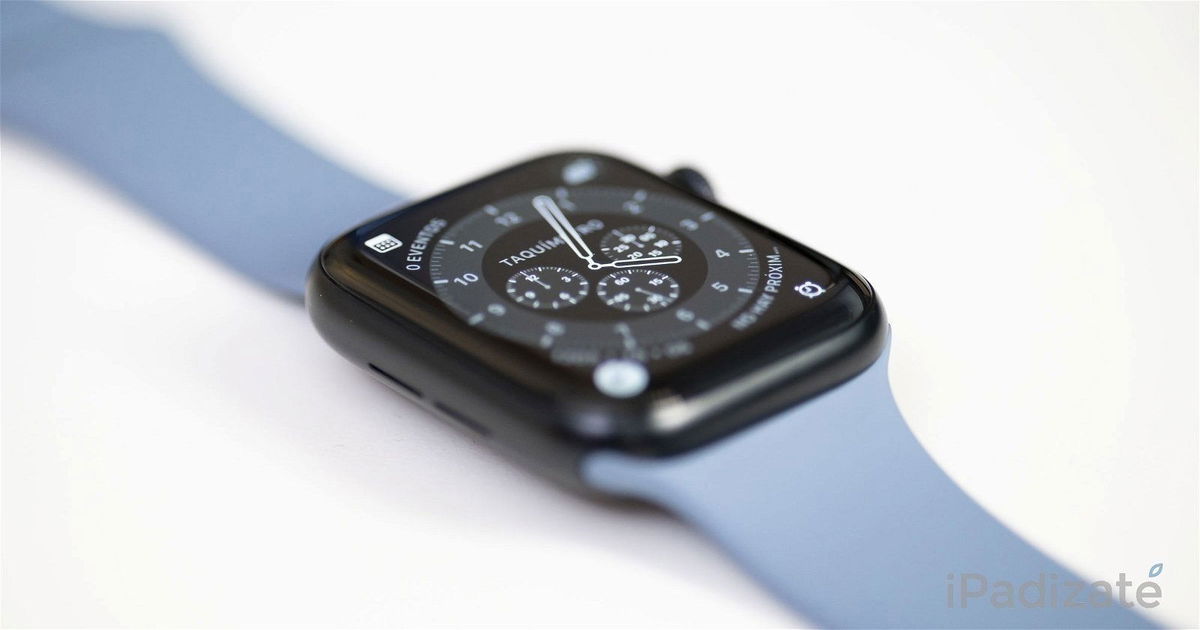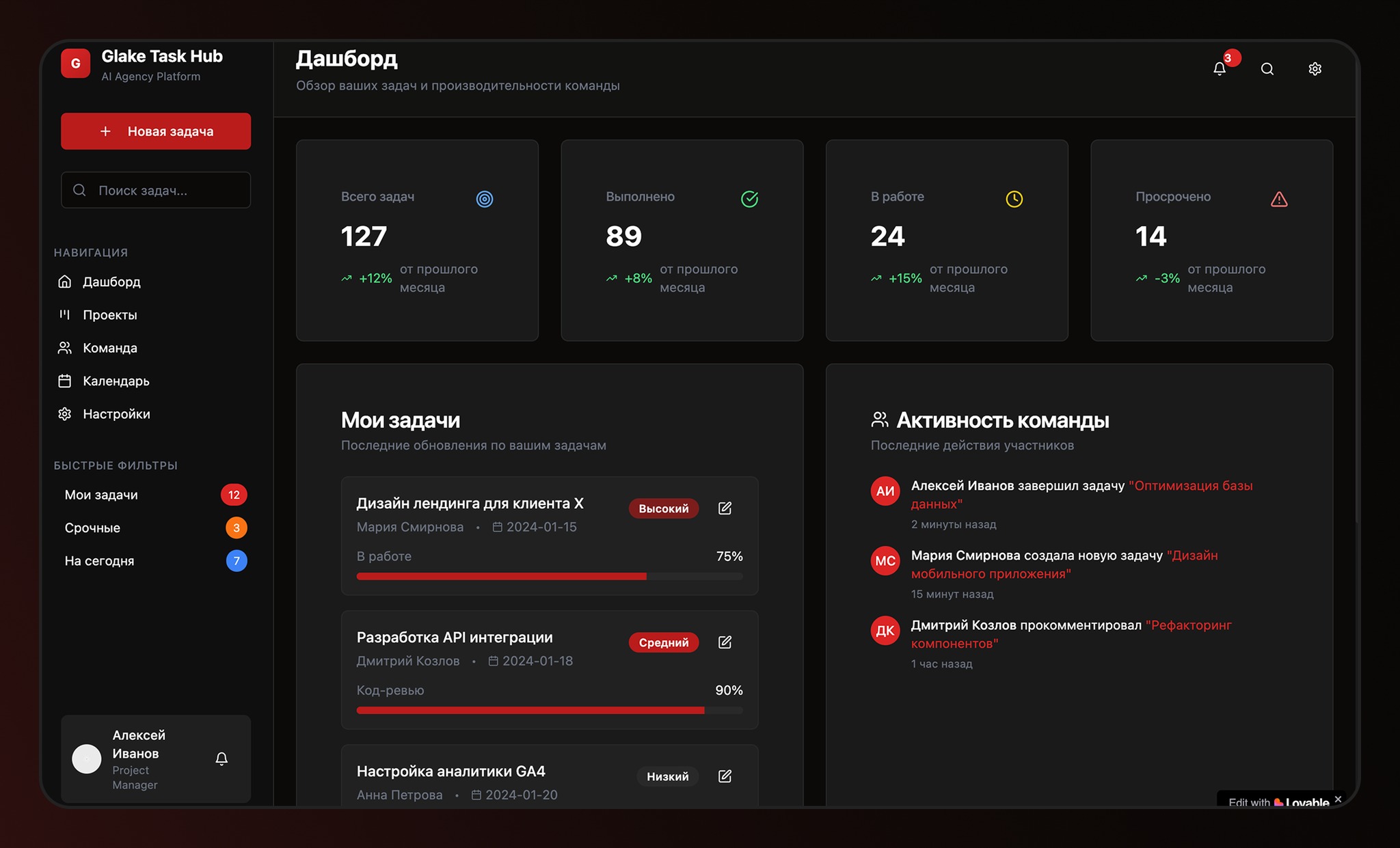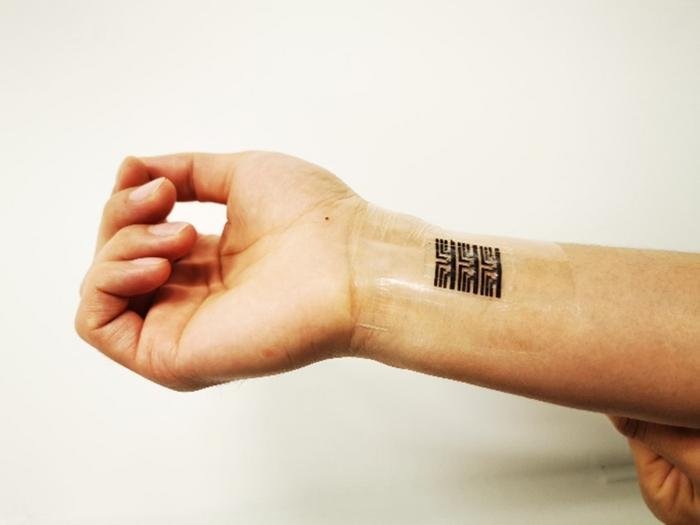Researchers at the University of Chicago in the United States have developed a new computing chip that is as flexible and malleable as human skin. The invention, which can stay connected to body movements, represents a leap forward in biosensor technology.
The neuromorphic device, made with polymers used in the construction of semiconductors and transistors, can also work like a human mini-brain, reading and processing the information collected from the user.
The inventors of the new chip combined innovations from the materials science, artificial intelligence and machine learning industries to create a device that can be implanted without discomfort on the user’s skin.
In addition to the natural sense, the integration of the device with the epidermis has the ability to improve the quality and accuracy of the obtained data. Because it is malleable and flexible, the biosensor accommodates our body’s movements more efficiently than, for example, smart watches.
How does the biosensor work?
According to the researchers, the invention could be adapted to track complex health indicators. To prove its effectiveness, the scientists tested the chip by analyzing electrocardiogram (ECG) data from different patients.
First, they collected heart rate data and, with the help of artificial intelligence, divided the information into five different categories. They then tested the chips on new EKGs and were able to reproduce the results.
According to the inventors, the device’s ability to analyze the information collected within itself is a great advance, as it saves energy that would otherwise be spent sending data to an external computer.
However, Sihong Wang, who was responsible for the invention, points out that this is only the first step. It is still necessary to program the biosensor to reveal the health and disease patterns of patients.
“In the future, people’s health can be continuously monitored with wearable electronic devices that can detect disease even before symptoms appear,” says Professor Wang.
ARTICLE Subject: doi.org/10.1016/j.matt.2022.07.016
Source: Tec Mundo
I am Bret Jackson, a professional journalist and author for Gadget Onus, where I specialize in writing about the gaming industry. With over 6 years of experience in my field, I have built up an extensive portfolio that ranges from reviews to interviews with top figures within the industry. My work has been featured on various news sites, providing readers with insightful analysis regarding the current state of gaming culture.












